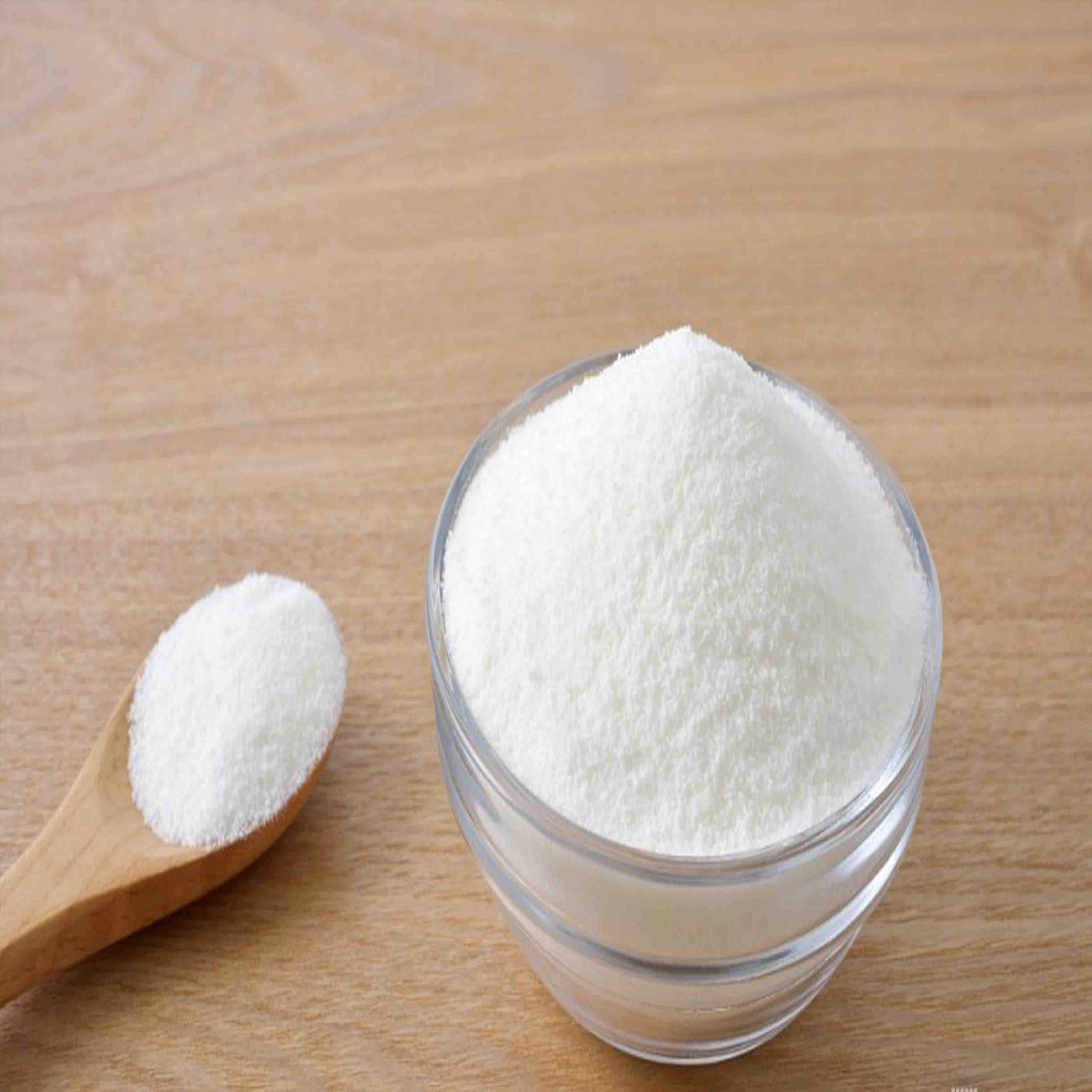
Dec . 11, 2024 03:37 Back to list
Understanding the Role of Titanium Dioxide in Modern Pigment Applications and Innovations
The Role of Titanium Dioxide Pigment in Modern Applications
Titanium dioxide (TiO2) is a white powder that has become essential in various industries due to its unique properties, primarily its high refractive index, excellent UV resistance, and non-toxic nature. Commonly referred to as titanium dioxide pigment, it is used extensively in paints, coatings, plastics, paper, and even cosmetics. This article explores the significance of titanium dioxide pigment, its applications, and its benefits.
Properties of Titanium Dioxide
Titanium dioxide is known for its remarkable ability to scatter light, which contributes to its opacity and brightness. This property makes it an ideal white pigment for a wide array of products. Moreover, it displays excellent stability under heat and light, making it a preferred choice for outdoor applications where durability is critical.
Another vital characteristic of titanium dioxide is its non-toxic nature. Unlike other white pigments, such as lead or cadmium-based alternatives, TiO2 is considered safe for use, which has propelled its adoption in consumer products, particularly in personal care items like sunscreen and makeup.
Applications of Titanium Dioxide Pigment
1. Paints and Coatings One of the most significant uses of titanium dioxide pigment is in the paint and coatings industry. Due to its excellent opacity and whiteness, it is used to enhance the appearance of decorative paints and coatings, providing a smooth finish and improving weather resistance. The use of TiO2 in architectural paints helps protect buildings from environmental degradation, prolonging their life.
2. Plastics In the plastic industry, titanium dioxide is utilized to improve the opacity and UV resistance of products. It is particularly important in outdoor plastic applications, such as garden furniture and automotive components, where durability and color retention are vital.
titanium dioxide pigment

3. Paper The paper industry employs titanium dioxide to improve the brightness and opacity of paper products. It is often used in glossy papers, allowing for vibrant color printing and high-quality outputs.
4. Cosmetics and Personal Care In the cosmetic industry, titanium dioxide is favored for its ability to provide a matte finish and its effectiveness as a sunblock agent. It is commonly found in products like sunscreen, foundations, and powders, offering protection against harmful UV rays while maintaining skin health.
5. Food Industry Titanium dioxide is permitted as a food additive and is used to enhance the whiteness and brightness of various food products, including confectionery and dairy items. Its use is regulated to ensure consumer safety, maintaining a balance between aesthetics and health.
Environmental Considerations
Despite its numerous applications and advantages, concerns have been raised about the environmental impact of titanium dioxide, particularly in its nanoparticle form. Studies have suggested that nanoparticles could potentially pose risks to human health and ecosystems if released into the environment. As a response, regulation and guidelines are being developed to ensure safe production and usage practices.
Furthermore, the industry is exploring sustainable alternatives and practices. For instance, the ongoing development of bio-based binders and coatings aims to minimize environmental footprints, while still leveraging the benefits of titanium dioxide pigment.
Conclusion
Titanium dioxide pigment plays a crucial role in modern manufacturing and product development. Its unique properties make it indispensable across various industries, from paints and coatings to cosmetics and food. While environmental and health concerns exist, continuous research and regulation can pave the way for safer applications, ensuring that titanium dioxide maintains its position as a vital component in enhancing product quality and performance. As we move toward a more sustainable future, the focus will likely shift towards responsible use and innovative alternatives that can harness the benefits of titanium dioxide while minimizing potential risks.
-
Premium 6618 Titanium Dioxide for GPT-4 Turbo Applications
NewsJul.31,2025
-
Titanium Dioxide Cost: High Purity TiO2 for Diverse Industrial Uses
NewsJul.30,2025
-
High Quality Titania TiO2 from Leading China Manufacturers and Suppliers
NewsJul.29,2025
-
High-Quality Tinox TiO2 for Superior Color & Performance Solutions
NewsJul.29,2025
-
High Quality Titania TiO2 from Leading China Supplier & Manufacturer
NewsJul.29,2025
-
High-Performance r6618 TiO2 for Superior Whitening and Versatility
NewsJul.28,2025
